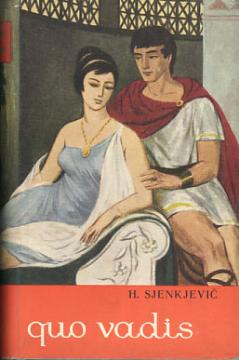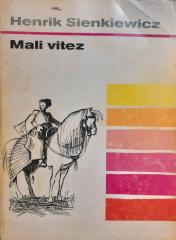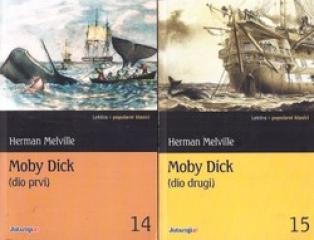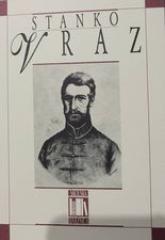
Quo vadis?
The novel Quo Vadis is a historical saga set in Rome during the reign of Emperor Nero. Written with epochal breadth, the work explores the conflict between early Christianity and decadent Roman society, with a love story at its center.
The main character, a young Roman patrician Marcus Vinicius, falls in love with Lygia, a Christian girl from the Liga tribe. Their love is complicated by social differences, Nero's tyranny, and the persecution of Christians. Vinicius, initially driven by passions and Roman values, gradually changes under the influence of Lygia's faith and Christian principles, especially through his encounters with the apostles Peter and Paul. Lygia, a symbol of purity and faith, flees Roman luxury and Nero's court, where the lust of Poppaea, the emperor's mistress, further endangers her.
The novel culminates in dramatic events: Nero accuses the Christians of the Great Fire of Rome, which leads to their torture in the arena. Lygia is sentenced to death, but Vinicius, with the help of the Christians, saves her. Nero's rule collapses, and Christianity rises as a new moral force. Sienkiewicz masterfully depicts the opulence and cruelty of Rome, contrasting it with Christian humility and hope. The novel ends with the triumph of love and faith, with Peter's question "Quo vadis, Domine?" (Where are you going, Lord?), symbolizing spiritual transformation.
The work is a masterpiece of world literature, awarded the Nobel Prize in 1905, and celebrates the strength of the spirit in times of persecution.
One copy is available
- Traces of patina
- Damaged book cover





